2009 Honoree International DI Society W. Harold Petersen Lifetime Achievement Award.
2015 Honoree of NAILBA’s Douglas Mooers Award for Excellence.
With the help of Victor Cohen, this is the ninth part of our ongoing series with Eugene Cohen, founder of the Eugene Cohen Insurance Agency, Inc. From time to time, we will feature an interview with Eugene, who has dedicated over 58 years of his life to learning, teaching, and supporting brokers in the agency’s quest to help consumers protect their incomes from the tragic effects of a disability.
Disability insurance (DI) is one of those products that can change the trajectory of an individual and a family’s life and is crucial for every financial planner and insurance professional to learn about and offer to clients.
Victor: Eugene, I have heard you say there are four different types of DI prospects.
Eugene: That’s right. There is DI Prospect Type 1: The client who has no DI coverage, which is a very common occurrence in the marketplace. This is the client who we are going to focus on in this conversation. The other clients include DI Prospect Type 2: The client with only employer provided group long-term disability. There is also DI Prospect Type 3: The client who only has individual disability insurance. And finally, there is DI Prospect Type 4: The client who has both group LTD and their own individual disability insurance policy.
Remember, in a previous conversation we talked about the four objections an advisor may face when talking about DI with a client?
Victor: Yes. No money. No hurry. No confidence. No need.
Eugene: The “no need objection” is the most important objection to overcome when talking with the client who does not have DI. No one will get anything they think they don’t need. So, we have to support the client’s ability to uncover the need.
Victor: How do you do that?
Eugene: By asking questions.
Victor: What kind of questions?
Eugene: You can ask the client, “What is the longest vacation you have ever taken?” The client usually will say one or two weeks. Then you can ask the client, “Why don’t you ever take a three or four month vacation?” They’ll probably say, “I have a job or I have to work.”
Ask the client to imagine if they had an accident or sickness that took them out of work for two, three or four years. Ask the client, “Would you have an income problem, being off work that long?” The client will usually say yes.
You can also ask the client, “If you had a money printing machine producing thousands of dollars every year, would you insure it?” Your client’s ability to earn an income is that money printing machine. Current and future income is usually your client’s most valuable asset.
Victor: So, let’s say the client sees the need for DI. Where do you go next in the conversation?
Eugene: Best for you and the client to do a quick accounting of the client’s non-cancellable and/or fixed monthly obligations. The monthly mortgage payment. Let’s assume that’s $3,000 per month. Taxes on the property…$500 per month. Food for the family. We’ll use a low figure of $500 monthly. Utilities, $200 per month. Car payments, some other recurring monthly expenses…let’s assume the client’s non-cancellable monthly obligations total about $5,000 per month.
Remember, the client wants to pay their DI policy premium with after tax dollars so the benefits will be tax free.
Also, the company may limit the monthly benefit amount the client may purchase, based on the client’s income—per the company’s issue and participation limits. If someone is earning $100,000 per year, the maximum monthly benefit they may get is often around $5,100. Many of the companies have very similar issue and participation limits.
Victor: So, what is the next step in the conversation?
Eugene: Now the producer would go over the different benefits available in a DI policy. Let’s assume the client wants a benefit period to cover sickness and accidents to age 65 and they also want a 90-day elimination period.
The client wants a liberal definition for total disability for their occupational class and they also want a partial/residual disability rider, a cost-of-living rider, and a type of future purchase option (FPO). The FPO would give the client the opportunity to increase coverage at a later date without medical underwriting, subject to the contract definitions and financial underwriting. Each company has their own rules and guidelines.
Once the producer has gone over the benefits, then the producer needs to manage the client’s expectations regarding underwriting. Remember, not everyone who applies for a DI policy can get one. In some cases, a company can offer a policy with modifications.
Most individual disability applications require medical underwriting. The producer should ask questions about the client’s health history. Let’s say the client says they take medications for anxiety or mild depression. Perhaps the client also shares that they see a chiropractor six times per year to treat pain in their lower back.
While a producer isn’t the underwriter, we can let this client know that our experience has shown us that due to the client’s mental health and lower back history, they may get an exclusion for mental health coverage and/or an exclusion on the lower back. In addition, the underwriter can modify the benefit period offered and/or the elimination period being offered.
In this example there are no surprises. Maybe a few weeks or more after submitting the application, the DI policy is issued with a benefit period to age 65—as applied for. But the client did get an exclusion rider on the lumbar spine and they are given an exclusion for mental coverage.
Now when the producer delivers the policy, the producer should review all the great benefits the client is getting with the policy in addition to reviewing the exclusions. The producer should remind the client that there is still an amazingly long list of potential illnesses and injuries that the policy covers.
Victor: This has been another great conversation. Thank you so much. Anything else you’d like to add?
Eugene: We must remember, we are helping the client and the client’s family. If that individual has a disability, the producer has done a fantastic job uncovering the need and softening some of the financial problems that a long term disability can present.












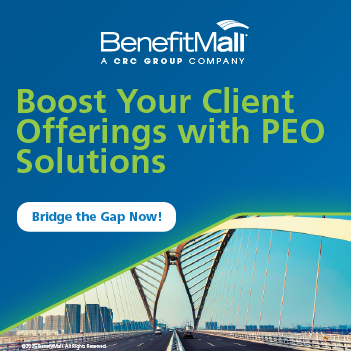
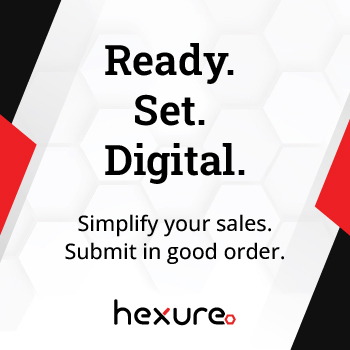

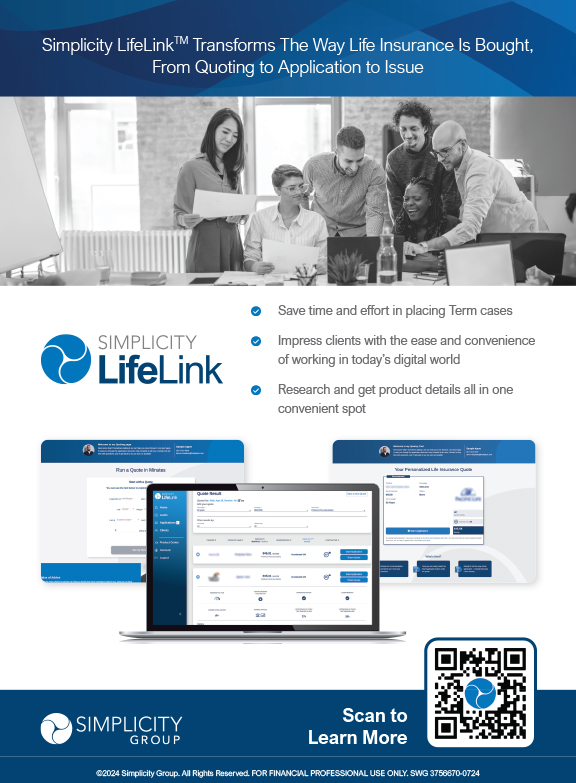
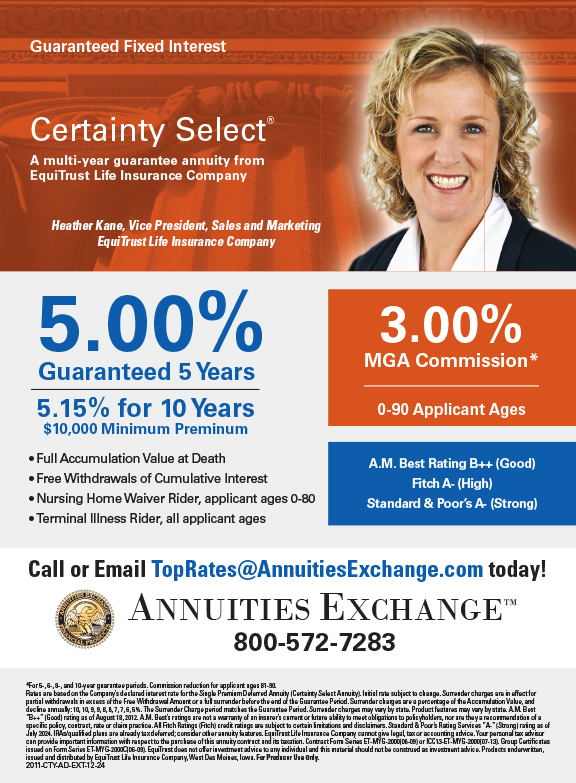
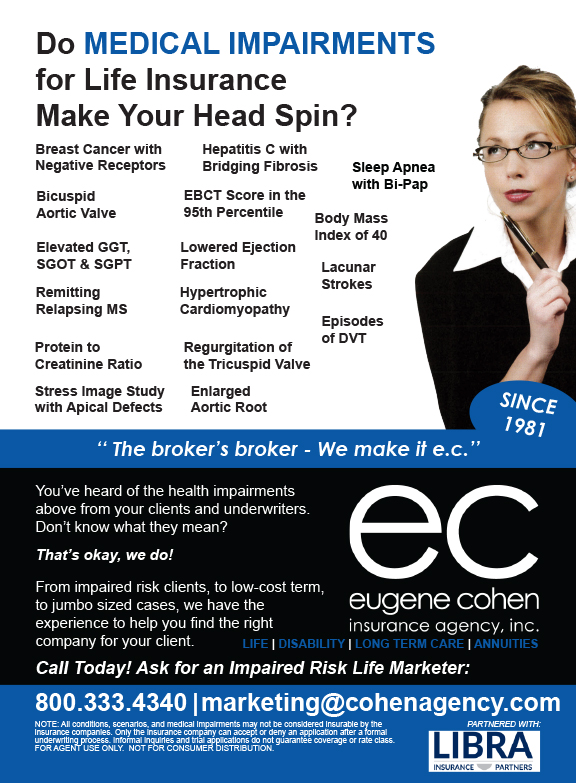
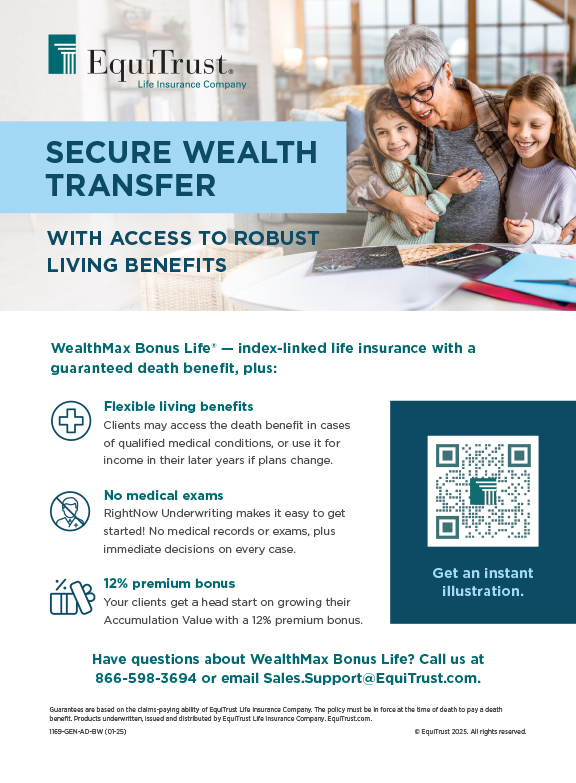
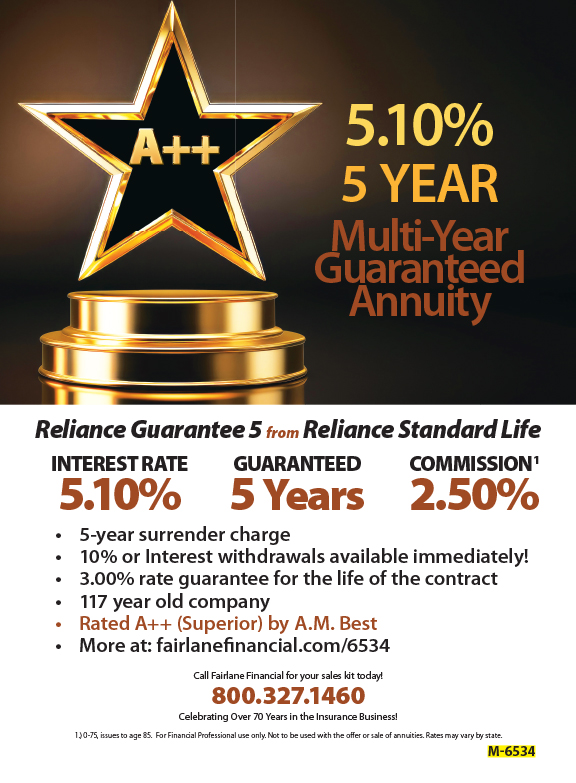
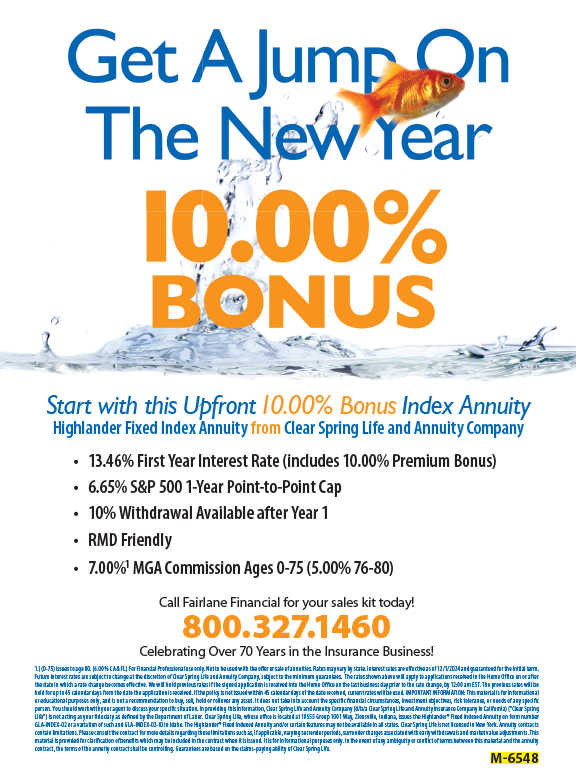
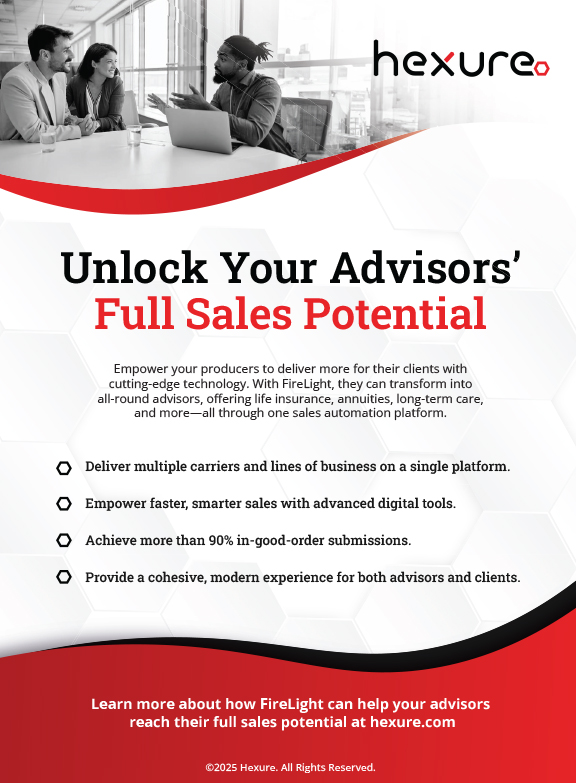
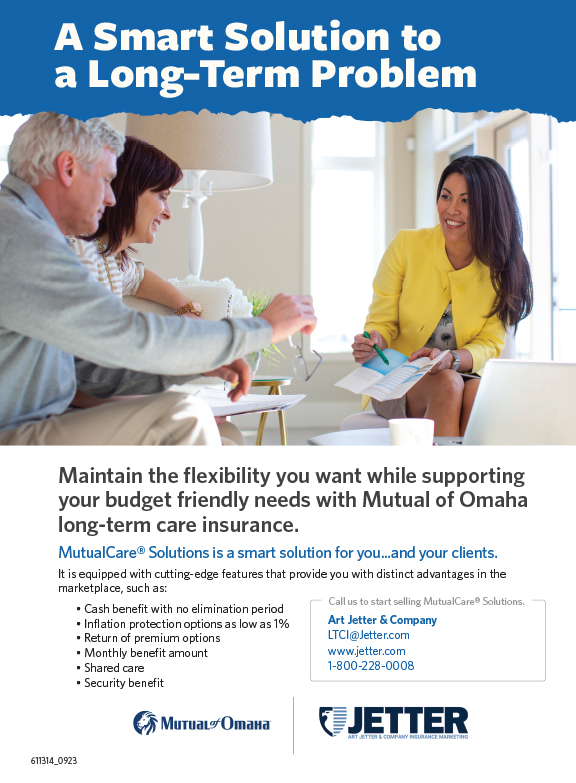
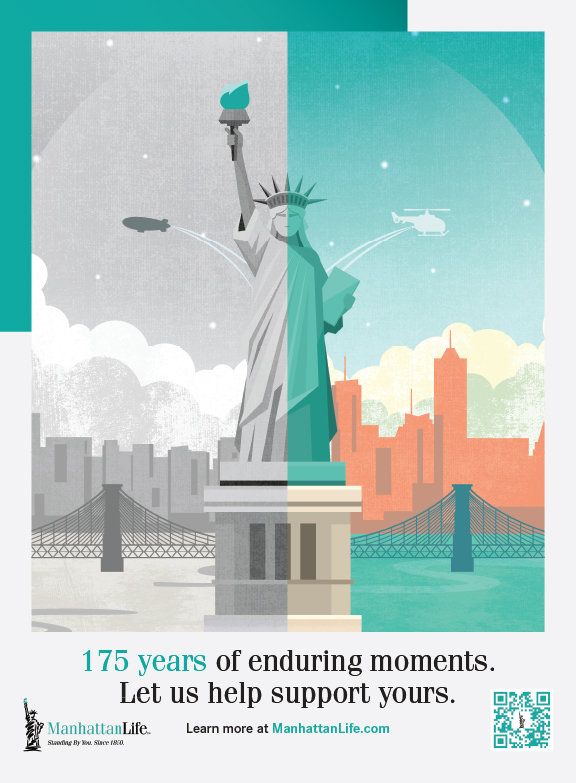
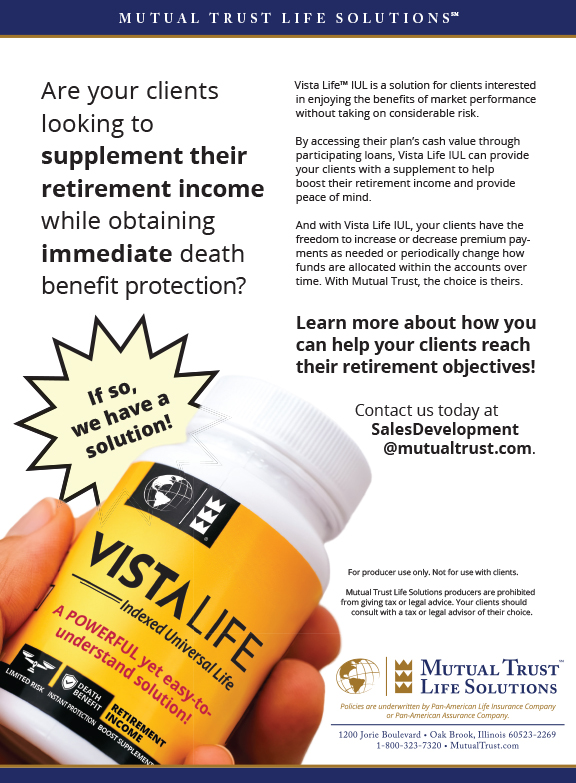
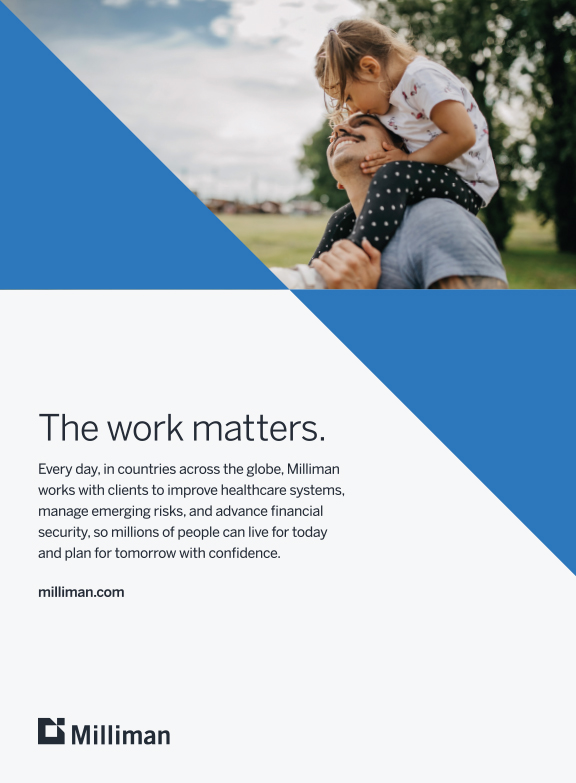
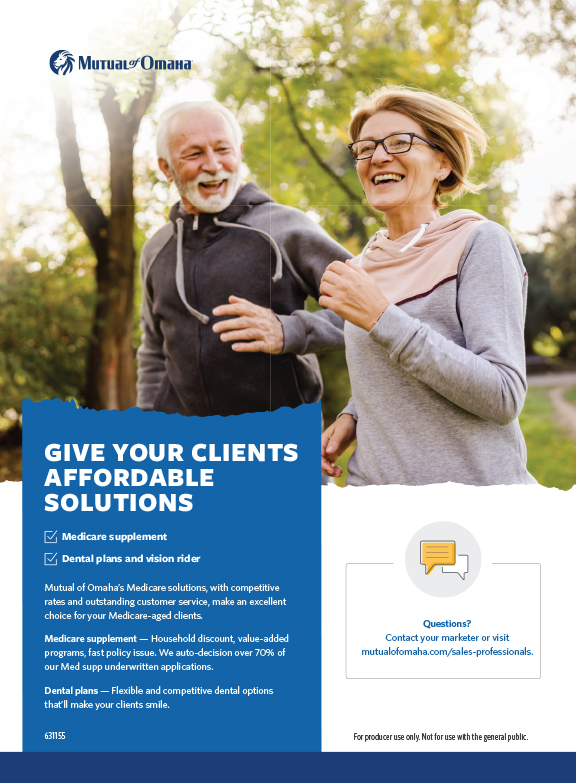
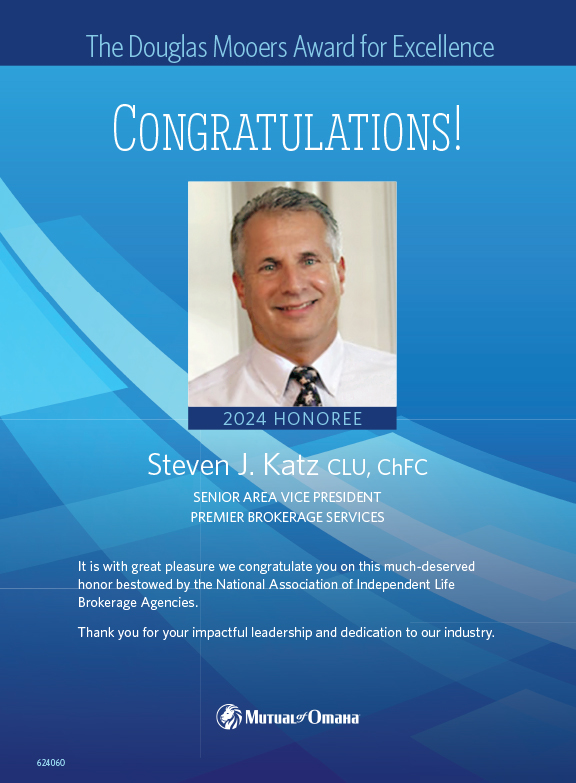
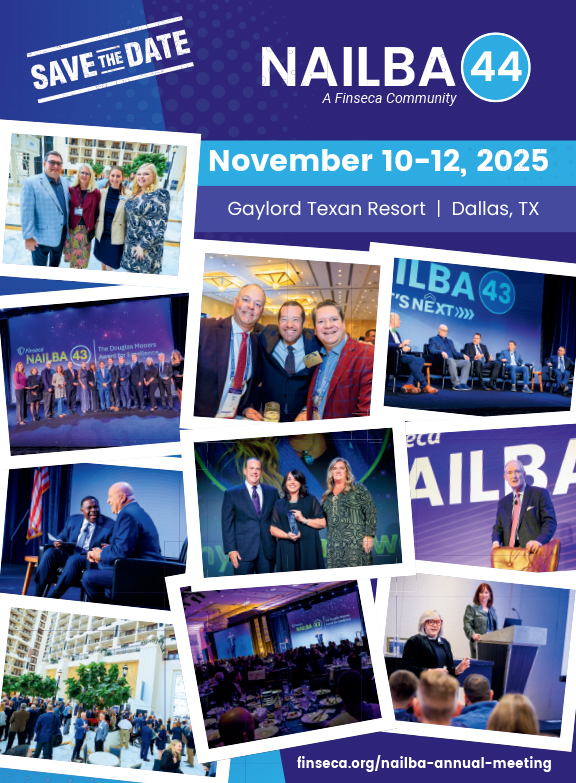
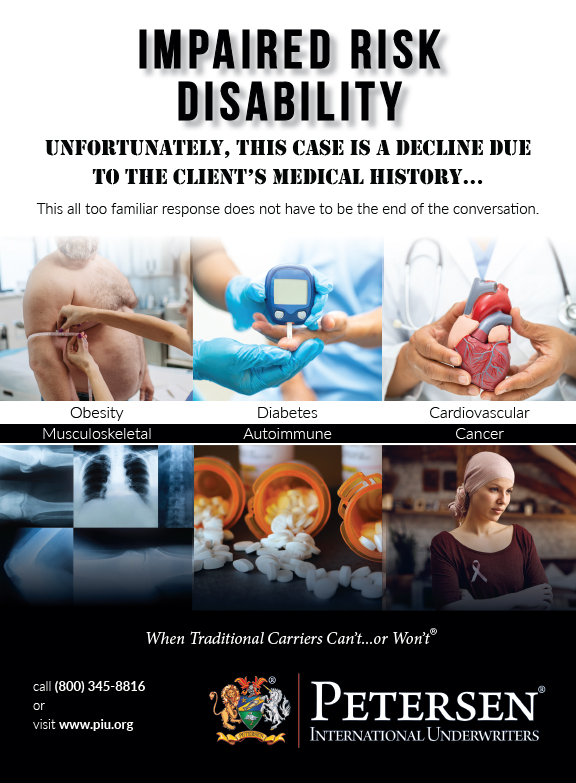
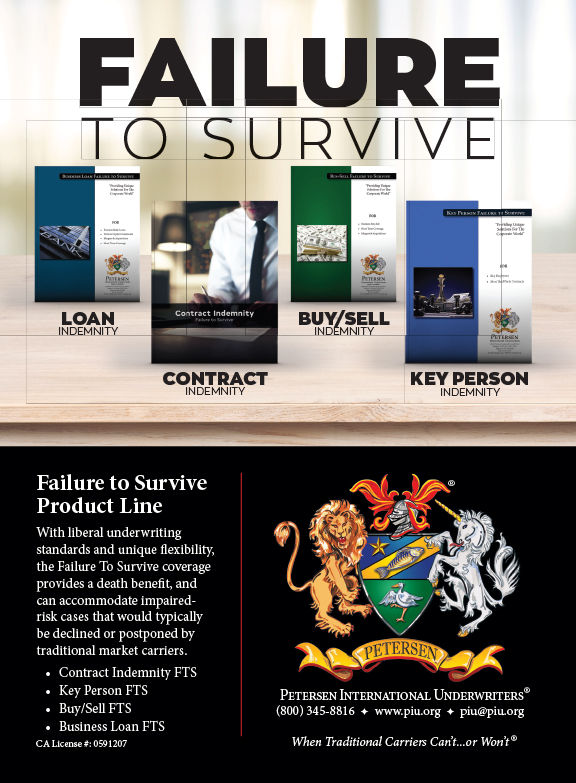
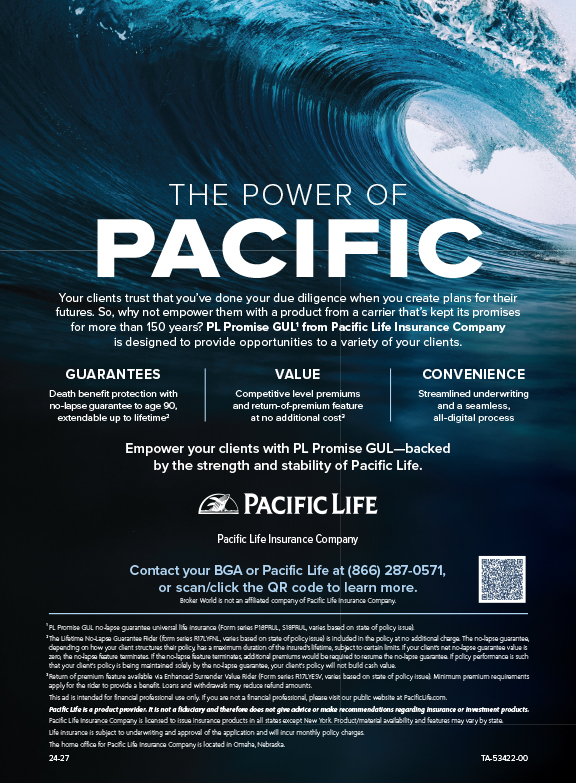

From Property And Casualty To Disability Insurance, Clients Need Protection From Loss
While the language and contracts of property and casualty products are different from those in the disability insurance world, the spirit of these two worlds can overlap. We are not licensed in property and casualty insurance, nor claim to know the intricacies of the policies. But we’ve bought plenty of polices though, for both commercial and personal purposes, and there’s a common theme. It’s all about protection.
We meet with a lot of different producers in all different specialties of insurance and financial services. Many of them have told us that they bring up a client’s need for disability insurance by including a page about this product in every presentation. The concept is about protecting assets and creating financial plans. The biggest asset we all have, and the foundation of any financial plan, is our ability to work.
Homeowners coverage will assist in rebuilding our homes if they are destroyed by a covered condition in the contract. In most cases, a home isn’t the biggest asset someone has to insure. The ability to work and pay the mortgage is our biggest asset. Say the cost of a home was $500,000 and the income of the primary earner is $100,000. If the primary earner is age 40 and plans to work until age 65, then their potential earnings would be over $2,500,000. Of course, this doesn’t include inflation and increases in income. Nonetheless, the pure numbers give you a great idea of the value of future earnings.
Why do you think a client doesn’t buy disability insurance? Usually because their producer doesn’t present the idea or concept to their client. In fact, if you sell personal lines, how many times have you discussed with your client the need or concept of disability insurance?
It would be unusual for a client not to want to insure their home. In fact, for most, it would simply be unthinkable. Yet many clients will leave their income and future income exposed to the hundreds of sicknesses or types of accidents that could leave someone unable to work.
Anyone who owns a business needs liability insurance and most likely other types of insurance to protect the business. But many business owners leave out the biggest asset the business owner has to protect and that’s their personal income. For example, take a dentist with four employees. If that dentist can’t work due to an accident, injury or sickness, then how will his personal income be affected?
In fact, that dentist, and many small business owners, have tremendous liability that many producers completely overlook. When a small business owner commits to a lease payment, that payment needs to be made regardless of the owner’s ability to work. If the business owner wishes to retain the employees while hopefully recovering from an injury or sickness, then the employees need to be paid. The expense to run a business can be hundreds of thousands per year if not more! And many producers do not let their clients know about Business Overhead Expense disability insurance (BOE). This insurance could literally save a business from its demise if the small business owner were unable to work.
Ask your client, “What would be more damaging to your small business, a flood or your ability to work in that business?” We are sure there could be examples of equal devastation, but the spirit of the question is that the ability to work is extremely important to any small business owner.
If you work in commercial lines and work with small businesses owners, when was the last time you discussed the importance of BOE insurance? You’ll be surprised once you start to ask the question to your clients. “What’s your business plan if you were unable to work while trying to recover from an injury or sickness? How would your business revenue or income suffer?” If the revenue or income would decrease due to the business owner’s absence, then there’s usually a need for BOE insurance.
Take advantage of your ability and need to conduct an annual review of property and casualty insurance products and review your client’s life and disability insurance needs as well. It may be as simple as confirming the beneficiary designations for the life insurance while asking if your client’s personal and/or business expenses have changed, perhaps requiring the need to increase disability insurance coverage. The mere asking of these service type questions is often enough to start the conversation about the importance of these products.